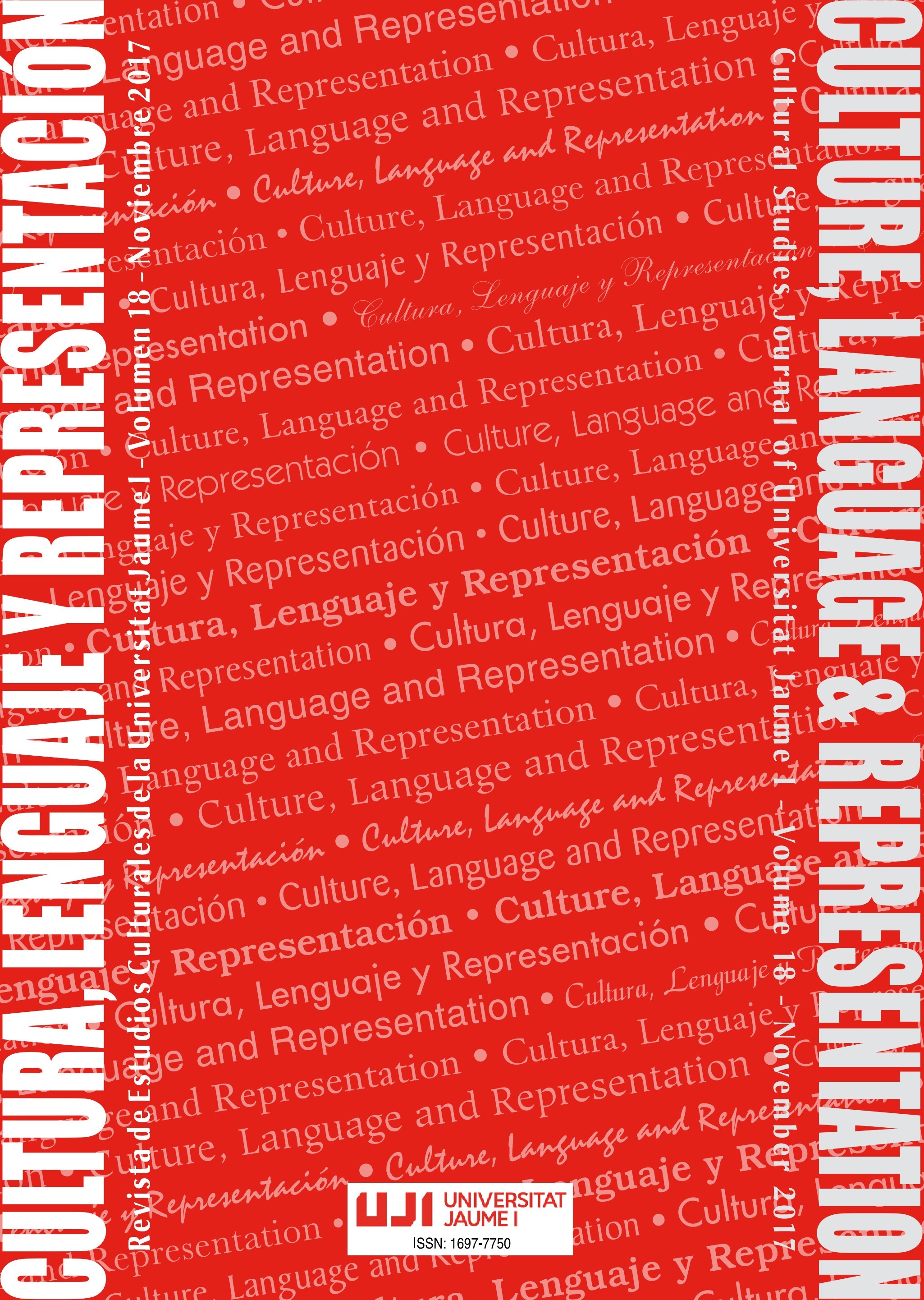La representación crítica de la inmigración: Cine documental, videojuegos e intervención social
Main Article Content
Abstract
El auge de las narrativas no lineales multimedia ha propiciado un aumento exponencial de la producción de contenidos audiovisuales que exploran las potencialidades discursivas asociadas al tipo de consumo visual contemporáneo, caracterizado por la reticularidad y conectividad del medio, la transmedialidad, la posibilidad de interacción, de geolocalización, de navegación, la movilidad de las pantallas, la atomización de las audiencias o la fragmentación del relato. En este contexto multiforme se abre un espacio para ciertos proyectos independientes de carácter transmediático, que despliegan sus propuestas significantes como un modo de poner en cuestión los mecanismos propios de la representación, de llevar más allá de la referencialidad discursiva sus creaciones, de proponer un marco interpretativo alternativo al hegemónico desde el que el interactor pueda construir su propia interpretación del universo narrativo. En este caso, nos detendremos en el estudio y análisis del proyecto The Undocumented (Marco Williams, 2013), cuya estrategia discursiva principal estriba en la triple materialización del producto: un documental cinematográfico transmedia que complementa la narración fílmica con una aplicación interactiva multimedia en línea, The Map of the Undocumented, y el videojuego crítico The Migrant Trail.
The rise of non-linear multimedia narrative has led to an exponential increase in the production of audiovisual contents exploring the discursive potential associated with the kind of contemporary visual consumption characterized by reticularity and media connectivity, transmediality, the possibility of interaction, geolocation, navigation, screens mobility, the fragmentation of audiences and the non-linear storytelling. In this multiform context, a space has been open for certain independent transmedia projects who display their significant proposals as a way of questioning the mechanisms of representation, to carry beyond the discourse referentiality their creations, to propose an alternative framework to the hegemonic interpretation from which the interactor can build his own interpretation of the narrative universe. In this case, we will stop in the study and analysis of the project The undocumented (Marco Williams, 2013), whose main discursive strategy lies in the realization of the triple product: a transmedia documentary film supplementing the film narrative with an interactive multimedia application on line, The map of the undocumented, and critical videogame The migrant trail.
Downloads
Article Details
An open-access CREATIVE COMMONS copyright license is used. Those authors whose works are published by this journal, accept the following terms:
- Authors will retain their copyright and guarantee the Journal the right to first publish their work, which will simultaneously be subject to the Creative Commons Recognition License CC BY SA that allows third parties to share the work, provided that its author and first publication is indicated.
- Authors may adopt other non-exclusive license agreements for the distribution of the published version of the work (e.g., deposit it in an institutional telematics file or publish it in a monographic volume) provided that the initial publication in this journal is indicated.
- Authors are allowed and recommended to disseminate their work over the Internet (e.g. in institutional telematics files or on their website) before and during the submission process, which can produce interesting exchanges and increase quotes of the published work.


